| PREVIOUS |
HOME |
NEXT |
|
|
|
| |
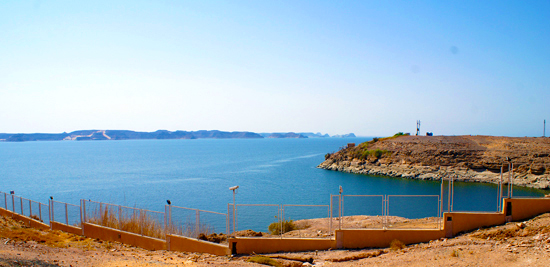 |
 |
|
Stretching south more than 500 km from the High Dam and reaching depth of
over 180 m Lake Nasser is the largest artificial lake in the world.
The lake was created by the construction of the High Dam. It flooded
a huge expanse of land between Aswan and Abu Simbel, homeland of the
Nubians since before Pharaonic times. About 800,000 Nubians were
displaced, many settling in Aswan, and dozens of ancient temples had to be
carefully relocated. Including Abu Simbil. |
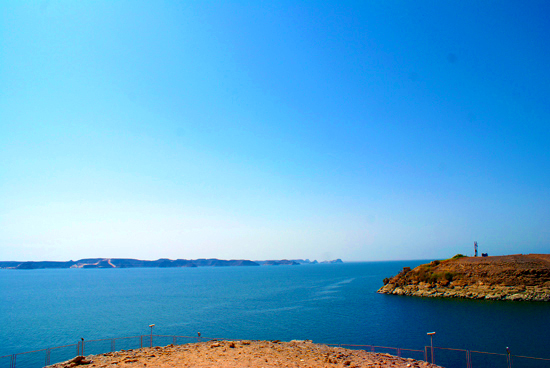 |
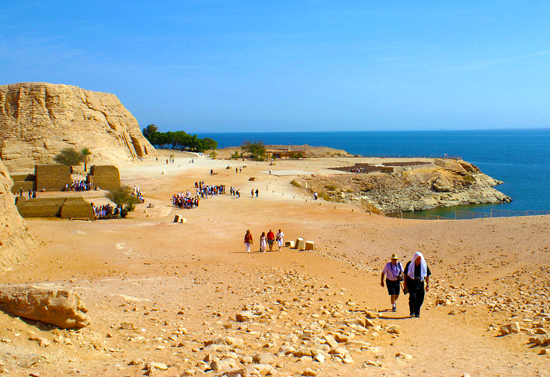 |
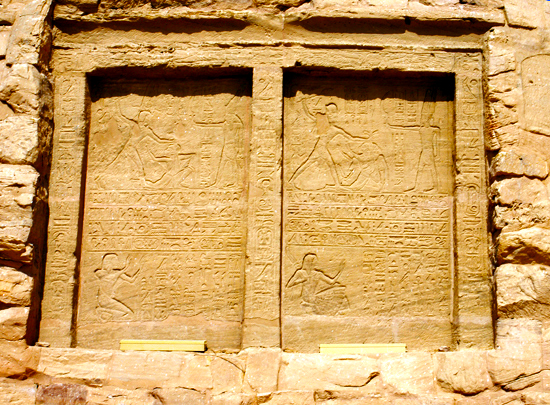 |
|
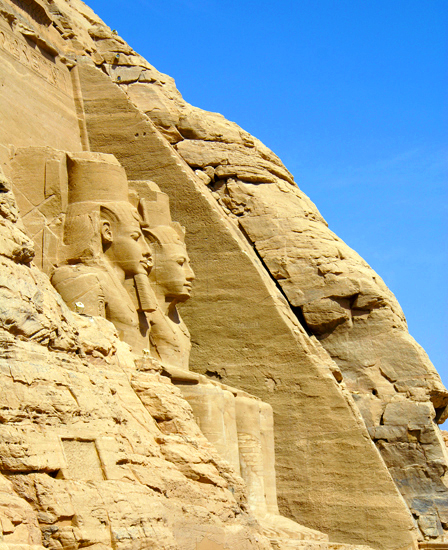 |
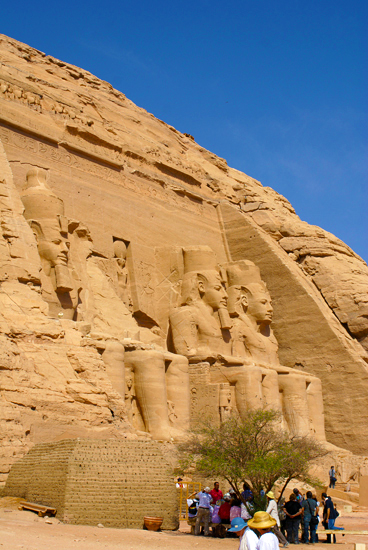 |
Hewn out of a solid cliff in the 13th century BC, the Great Temple of
Abu Simbel and the smaller Temple of Hathor are a breathtaking sight.
Although dedicated to the patron deities of Egypt's great cities (Amun of
Thebes, Ptah of Memphis and Ra-Harakhty of Heliopolis) the Great Temple
was built to honour Ramses II. Its 33 m high facade, with four
colossal enthroned statues of Ramses II wearing the double crown of Upper
and Lower Egypt, was intended to impress and frighten, while the interior
revealed the union of god and king.
In the 1960s, as lake Nasser
threatened to engulf the temples, UNESCO cut them from the mountain and
moved them to an artificial cliff 210 m back from and 65 m above their
original position. No photography is allowed inside the temple.
|
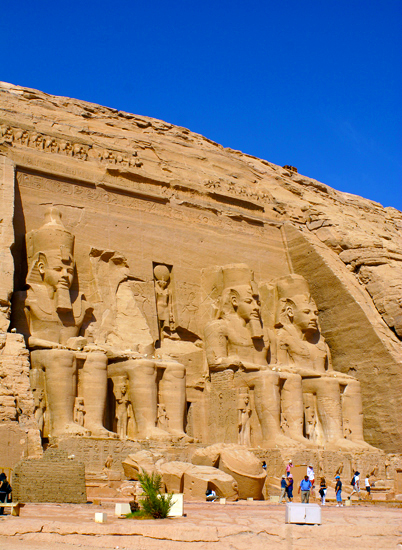 |
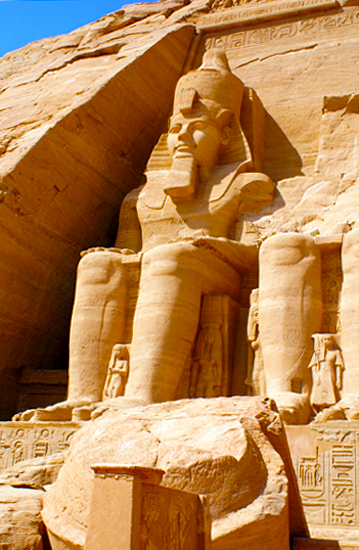 |
|
Accompanied by carved images of captives from the north and south, the
four colossi on the temple facade boast of a unified Egypt. Ramses's
names adorn the thrones in cartouche form. The broken colossus lost
it head in an earthquake in 27 BC. When the temple was moved there
was a debate about if the colossus should be repaired. The decision
was to move it exactly as it was, so the head still rest face down as it
fell. |
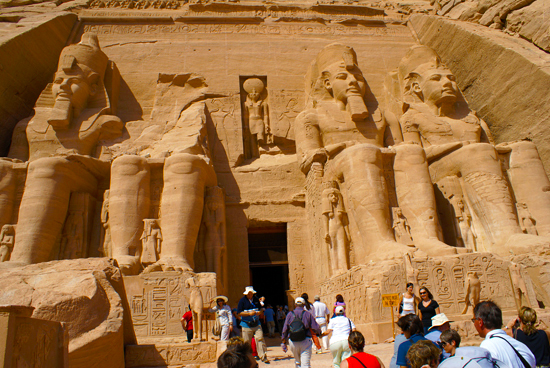 |
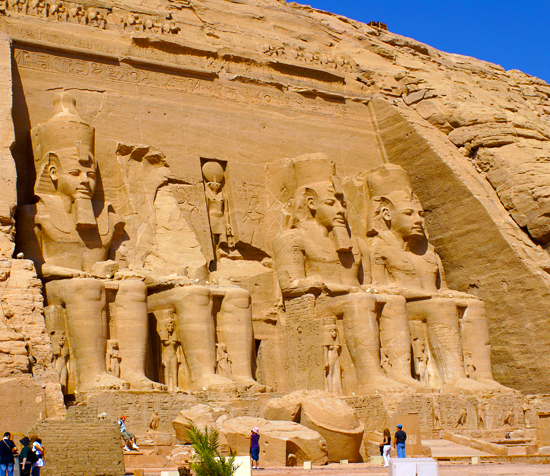 |
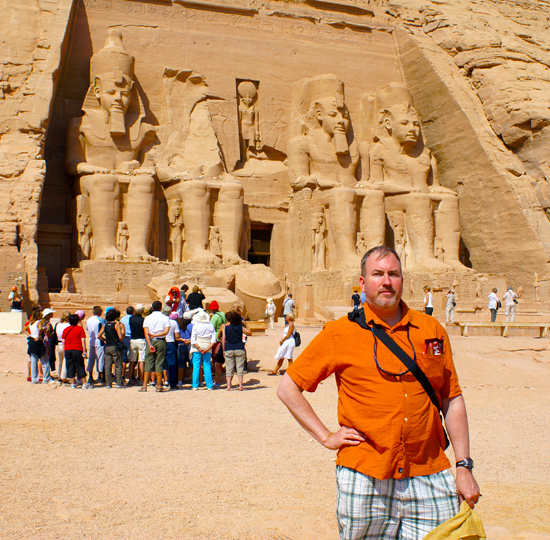 |
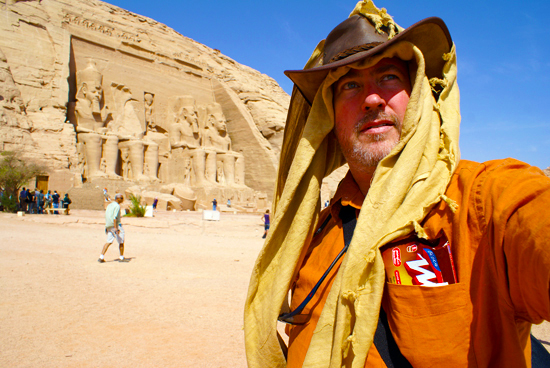 |
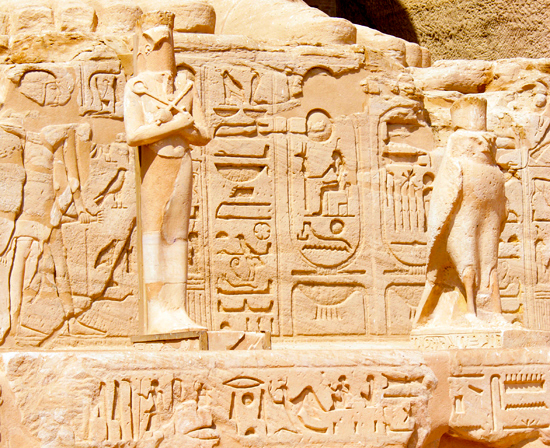 |
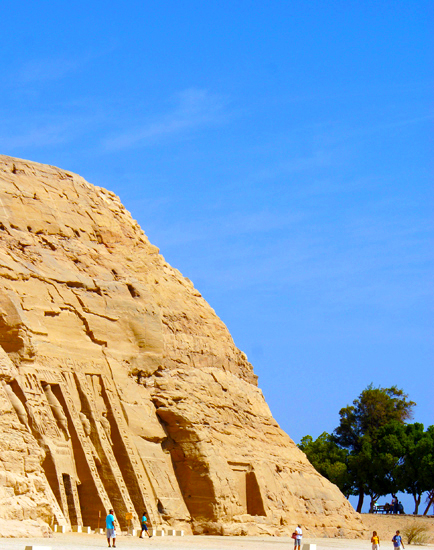 |
|
Dedicated to the goddess Hathor, the smaller temple at Abu Simbel (Below)
was built by Ramses II to honour his favorite wife, Nefertari. The
hypostyle hall has Hathor-headed pillars and is decorated with scenes of
Ramses slaying Egypt's enemies, watched by Nefertari. The vestibule
shows the royal couple making offerings to the gods, and the inner
sanctuary holds a statue of Hathor in the form of a cow |
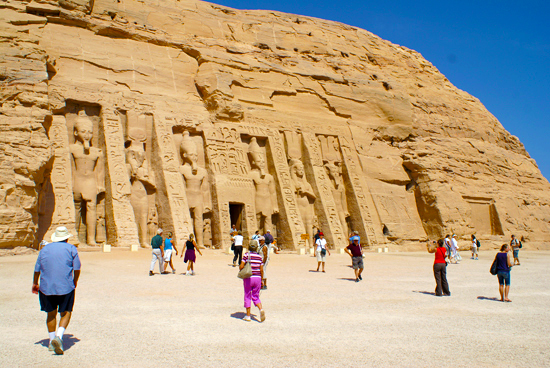 |
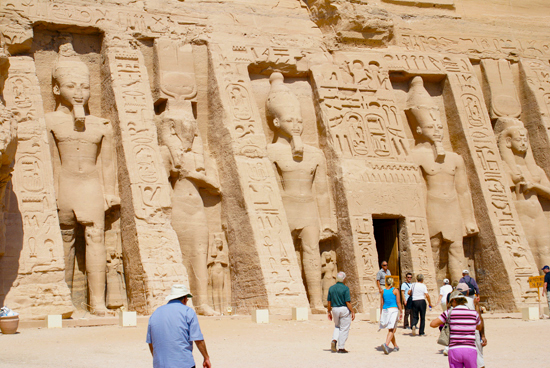 |
|
|
|
| PREVIOUS |
HOME |
NEXT |
|
|
|